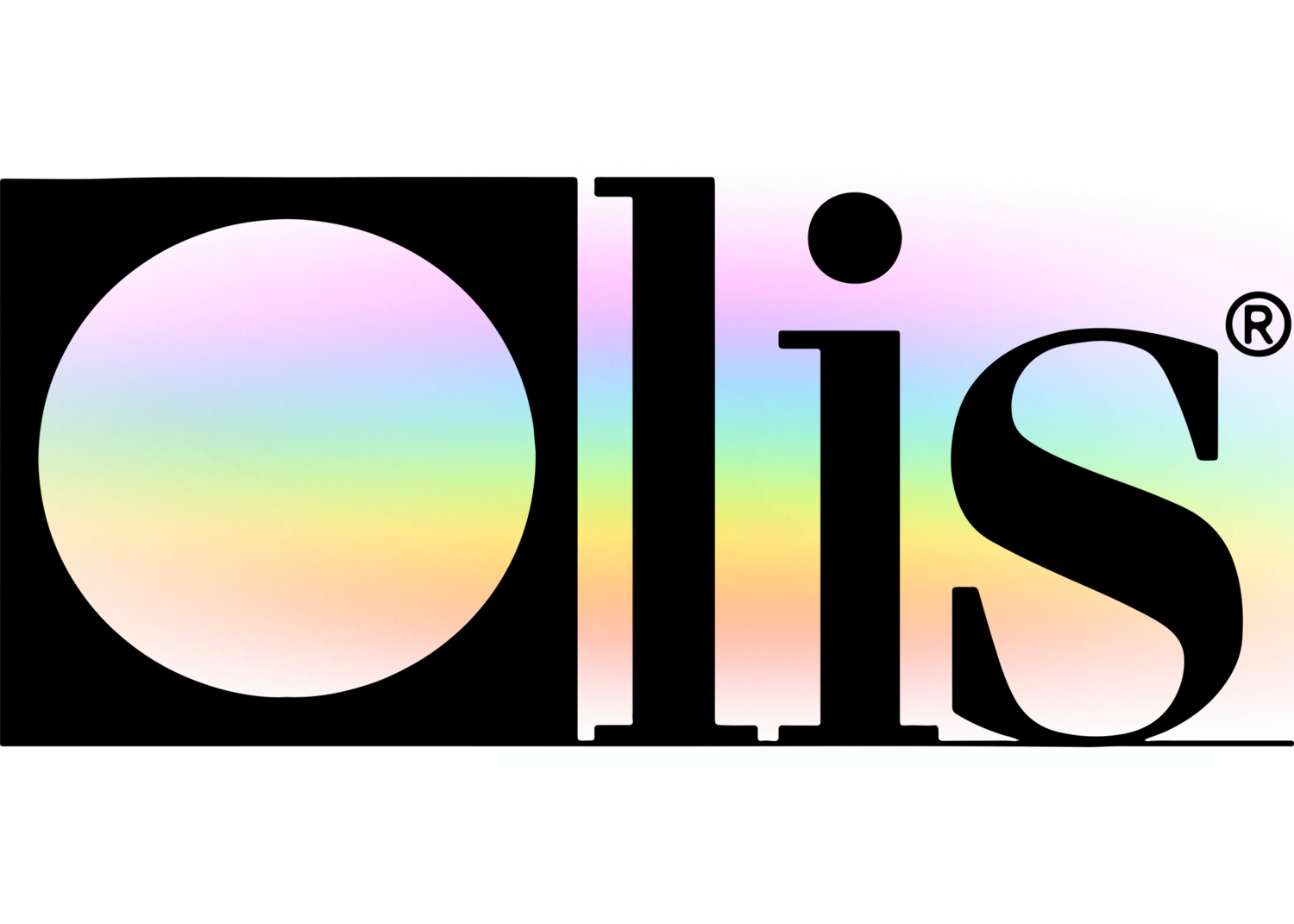Getting The Uv/vis To Work
Getting The Uv/vis To Work
Blog Article
About Spectrophotometers
Table of ContentsThe Ultimate Guide To SpectrophotometersExcitement About Uv/vis/nirSome Known Incorrect Statements About Circularly Polarized Luminescence Some Known Details About Uv/vis/nir Getting The Circularly Polarized Luminescence To Work

Although spectrophotometry is most typically used to ultraviolet, visible, and infrared radiation, modern-day spectrophotometers can interrogate broad swaths of the electromagnetic spectrum, including x-ray, ultraviolet, visible, infrared, and/or microwave wavelengths. Spectrophotometry is a tool that hinges on the quantitative analysis of particles depending upon how much light is taken in by colored compounds.
What Does Uv/vis Do?
A spectrophotometer is frequently utilized for the measurement of transmittance or reflectance of solutions, transparent or nontransparent solids, such as polished glass, or gases. Many biochemicals are colored, as in, they absorb visible light and therefore can be measured by colorimetric treatments, even colorless biochemicals can often be converted to colored substances suitable for chromogenic color-forming reactions to yield compounds ideal for colorimetric analysis.: 65 Nevertheless, they can also be designed to measure the diffusivity on any of the noted light varieties that generally cover around 2002500 nm utilizing various controls and calibrations.
An example of an experiment in which spectrophotometry is utilized is the decision of the balance constant of a service. A certain chemical reaction within an option may occur in a forward and reverse instructions, where reactants form items and products break down into reactants. At some point, this chemical reaction will reach a point of balance called a stability point.
Getting The Circularly Polarized Luminescence To Work
The quantity of light that passes through the option is a sign of the concentration of specific chemicals that do not allow light to travel through. The absorption of light is because of the interaction of light with the electronic and vibrational modes of molecules. Each kind of molecule has a specific set of energy levels associated with the makeup of its chemical bonds and nuclei and hence will take in light of particular wavelengths, or energies, resulting in unique spectral residential or commercial properties.
Making use of spectrophotometers covers various scientific fields, such as physics, materials science, chemistry, biochemistry. UV/Vis, chemical engineering, and molecular biology. They are commonly utilized in many markets including semiconductors, laser and optical production, printing and forensic examination, along with in laboratories for the research study of chemical substances. Spectrophotometry is often utilized in measurements of enzyme activities, determinations of protein concentrations, determinations of enzymatic kinetic constants, and measurements of ligand binding reactions.: 65 Eventually, a spectrophotometer is able to figure out, depending on the control or calibration, what substances exist in a target and exactly just how much through computations of observed wavelengths.
This would come as a service to the formerly developed spectrophotometers which were not able to take in the ultraviolet correctly.
About Circular Dichroism
It would be found that this did not offer satisfying outcomes, for that reason in Design B, there was a shift from a glass to a quartz prism which enabled much better absorbance outcomes - UV/Vis/NIR (http://www.video-bookmark.com/bookmark/6114703/olis-clarity/). From there, Design C was born with a modification to the wavelength resolution which wound up having three systems of it produced
It irradiates the sample with polychromatic light which the sample absorbs depending upon visit this web-site its homes. It is transferred back by grating the photodiode range which finds the wavelength region of the spectrum. Ever since, the production and execution of spectrophotometry devices has actually increased tremendously and has ended up being one of the most innovative instruments of our time.

Top Guidelines Of Uv/vis/nir
Historically, spectrophotometers use a monochromator including a diffraction grating to produce the analytical spectrum. The grating can either be movable or fixed. If a single detector, such as a photomultiplier tube or photodiode is utilized, the grating can be scanned stepwise (scanning spectrophotometer) so that the detector can determine the light intensity at each wavelength (which will represent each "action").
In such systems, the grating is repaired and the intensity of each wavelength of light is measured by a different detector in the array. When making transmission measurements, the spectrophotometer quantitatively compares the fraction of light that passes through a recommendation option and a test solution, then electronically compares the intensities of the two signals and calculates the portion of transmission of the sample compared to the reference standard.

Report this page